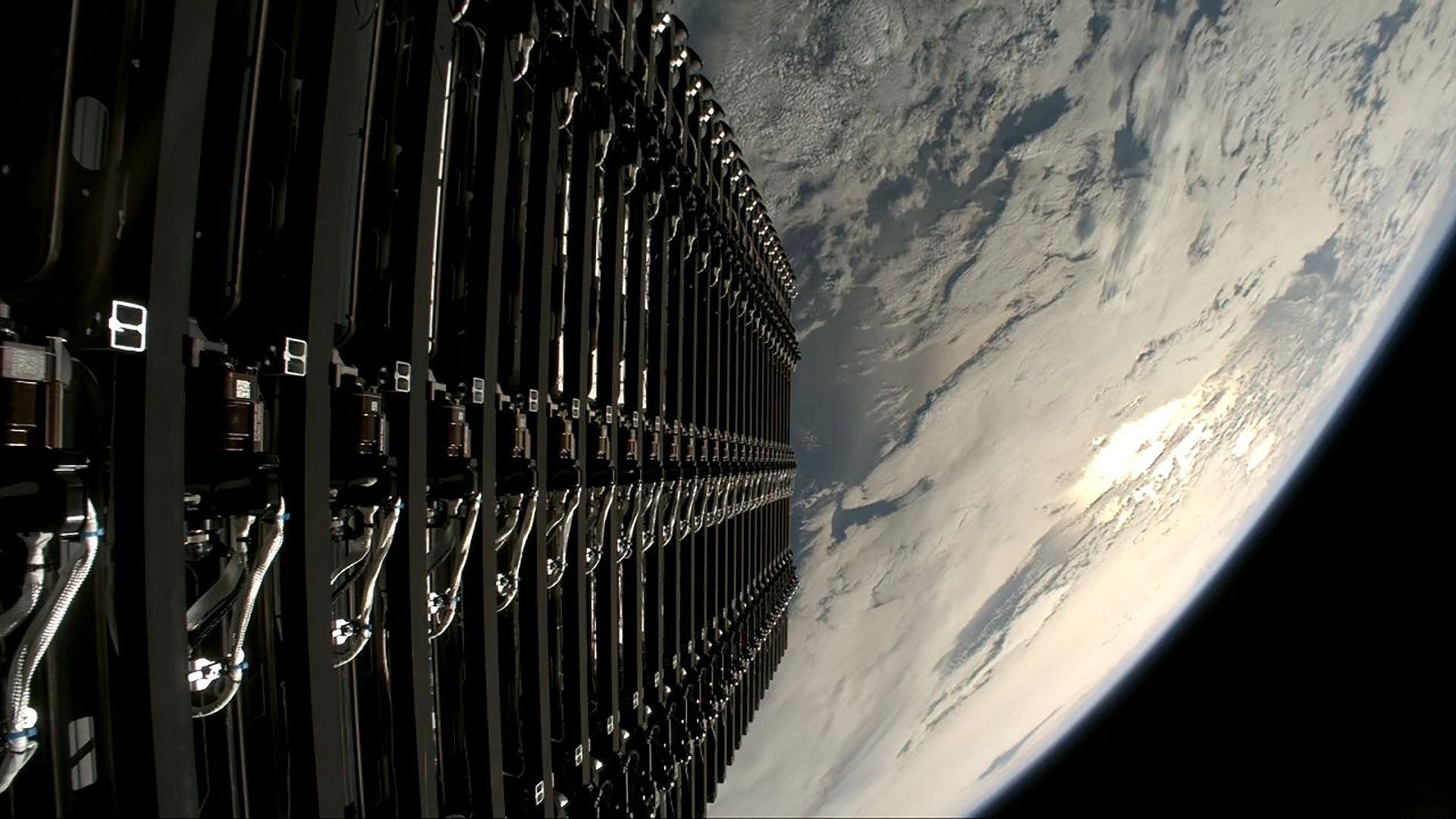Clouds Lift on Mysterious Winds of Venus

Veiled Venus just got a little less mysterious in a new3-D view that showcases the planet's powerful winds.
The European Space Agency's Venus Express spacecraft trackedcloud movements hidden within the murkydepths of Venus' southern hemisphere, and scoped out the hugehurricane-like vortexes spinning over the planet's poles.
"Tracking them for long periods of time gives us aprecise idea of the speed of the winds that make the clouds move and of thevariation in the winds," said Agustin Sanchez-Lavega, a planetaryscientist at the Universidad del Pais Vasco in Bilbao, Spain.
Sanchez-Lavega and the Venus Express team followed 625clouds at a 41-mile altitude (66 km), 662 clouds at a roughly 38-mile altitude(61 km), and 932 clouds at altitudes of 28 to 29 miles (45 to 47 km).
An instrument called the Venus Express Visual andInfrared Thermal Imaging Spectrometer (VIRTIS) peered at visiblecloud motions at the upper altitudes during the day, and switched to the infraredrange of light to see lower cloud movements at night.
The team found that the wind speed could vary from almost230 mph (370 km/h) at the 41-mile altitude to roughly 130 mph (210 km/h) at the28 to 29 mile altitude range. On Earth, wind speeds can regularly top 100 mphabove 18,000 feet, and occasionally hit 200 mph at 30,000 feet.
Such results could help researchers begin to understandthe complexweather system of Earth's neighboring planet.
Breaking space news, the latest updates on rocket launches, skywatching events and more!
"Our measurements will first help to constrainexisting models of Venus General Circulation," Sanchez-Lavega told SPACE.com."At present, Venus General Circulation remains unexplained, representing achallenge for researchers."
Wind patterns changed drastically near the hurricane-likeweather of the poles. Winds of roughly the same speed pushed clouds at allaltitudes, although the speed dropped to almost zero at the center of the giantvortex.
For the first time, Venus Express also uncovered avertical map of the zonal winds, or winds that blow parallel to the lines oflatitude. The zonal wind speeds blow more strongly in the evenings on Venusbecause of the difference in the sun's heat, also called the solar tide effect.
The Venus Express team chose to examine the southernhemisphere because the spacecraft reaches its highest point in orbit there, at41,000 miles (66 km) above the planet.
"At present we cannot observe the northernhemisphere with the VIRTIS instrument," Sanchez-Lavega said. "Ifthere is a second extension of the mission, we could reach the north. Withother instruments, in particular with the Venus Monitoring Camera, part of thenorth is available for the measurement of cloud motions."
- Images: Beneath the Clouds of Venus
- The Wildest Weather in the Galaxy
- Gallery: Postcards from Venus
Jeremy Hsu is science writer based in New York City whose work has appeared in Scientific American, Discovery Magazine, Backchannel, Wired.com and IEEE Spectrum, among others. He joined the Space.com and Live Science teams in 2010 as a Senior Writer and is currently the Editor-in-Chief of Indicate Media. Jeremy studied history and sociology of science at the University of Pennsylvania, and earned a master's degree in journalism from the NYU Science, Health and Environmental Reporting Program. You can find Jeremy's latest project on Twitter.
